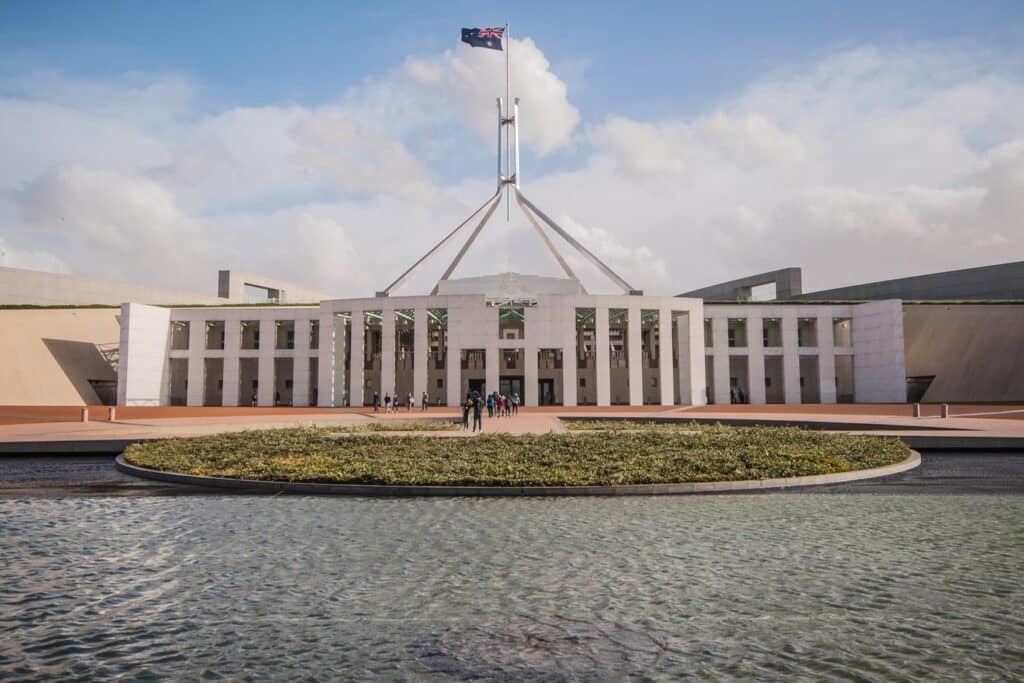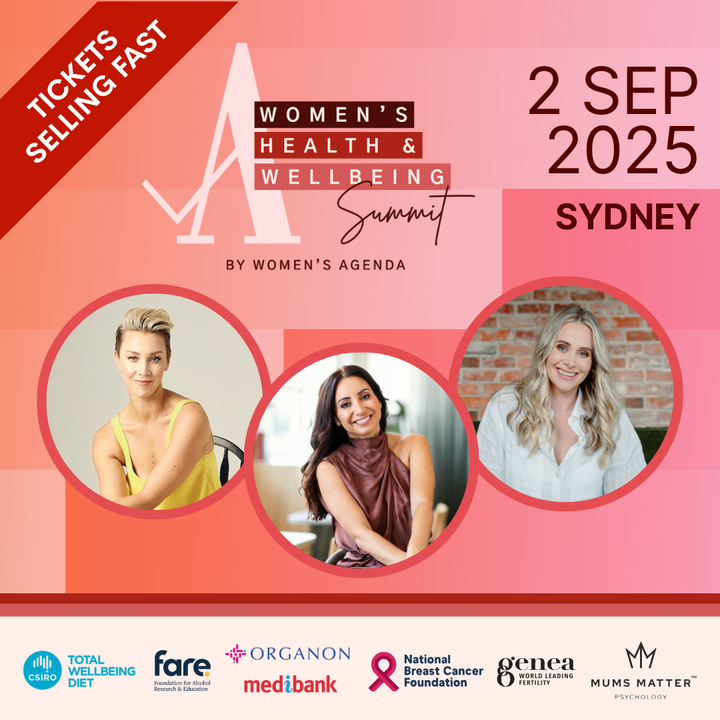Amid the nation’s domestic violence crisis, rising cost-of-living and the dangers of climate change, Australia needs women leaders at the table, driving change. With the federal election just around the corner, the representation of women in parliament is more critical than ever.
The total representation of women in parliament currently sits at 45 per cent, according to data from Pathway to Politics, with the House of Representatives having 39 per cent women and the Senate having 57 per cent.
These statistics for the upper and lower house will change post-election, and how women are treated during this election campaign will also likely influence the desire for the next generation of women to put their hands up to run for office in the future.
So, where do each of the major parties stand on women’s representation ahead of May 3? We take a look here.
Labor
The Labor party has 69 female incumbents and candidates running for the 2025 federal election, compared to 56 men, according to The Guardian.
Within the Labor Party, Pathway to Politics data shows women currently hold 46 per cent representation in the House of Representatives and 69 per cent in the Senate.
Ten years ago, the Liberal and Labor parties set the same 50 per cent target for women’s representation in Parliament by 2025, and the data shows Labor meets this target.
This term, Labor has pitched more heavily to female voters, extending paid parental leave, scrapping the activity test for families seeking childcare subsidies and a $500 million women’s health package announced in February.
According to a recent poll from The Guardian, a rolling average of the two party preferred vote puts Labor above the Coalition when it comes to the female vote. Women prefer Labor at 51.1 per cent, while men prefer Liberal at 52 per cent.
Liberal
Within the Liberal Party, Pathway to Politics data shows women currently hold 22 per cent representation in the House of Representatives and 40 per cent in the Senate.
At the 2022 election, the Liberal Party saw record lows in female voter support, with a review finding the party faces an internal ‘woman problem’.
Following Liberal’s 2022 defeat, Liberal Senator Jane Hume co-wrote a review of the result, which found the Liberal Party was “failing to adequately represent the values and priorities of women in modern Australia,” and a lack of confidence that women within the party would be encouraged into leadership roles.
The report recommended a 50 per cent target of female representation in both parliamentary ranks and the Liberal executive by 2032– a target the Liberal party is far short of, with the Australia Institute finding male Liberal parliamentarians outnumbered female Liberal parliamentarians more than two to one.
Ahead of the election, the Coalition, according to The Guardian, has 48 female incumbents and candidates running for the 2025 federal election, compared to 94 men.
Independents
For Independents, Pathway to Politics data shows women currently hold 75 per cent representation in the House of Representatives and 50 per cent in the Senate.
In a landmark moment for grassroots democracy, 38 Community Independent candidates will contest seats across the country at the 2025 Federal Election. Thirty of these candidates, an overwhelming majority, are women, and 8 of them are men.
Thirty-five of the total 38 candidates are being backed by Climate 200, a community crowd-funded initiative that supports political candidates committed to a science-based response to the climate crisis, restoring integrity to politics and advancing respect and safety for women.
Greens
In the 2025 federal election, 79 out of the 152 candidates put forth by the Greens are women and non-binary people, meaning the proportion is over 50 per cent.
Also for the Greens, Pathway to Politics data shows women currently hold 25 per cent representation in the House of Representatives and 63 per cent in the Senate.
The Green party has previously been strong in fighting issues that particularly affect women-climate action, abortion rights and tackling the housing and cost-of-living crisis- with some prominent female representatives, including Mehreen Faruqi, Larissa Waters Dorinda Cox and Sarah Hanson-Young.


